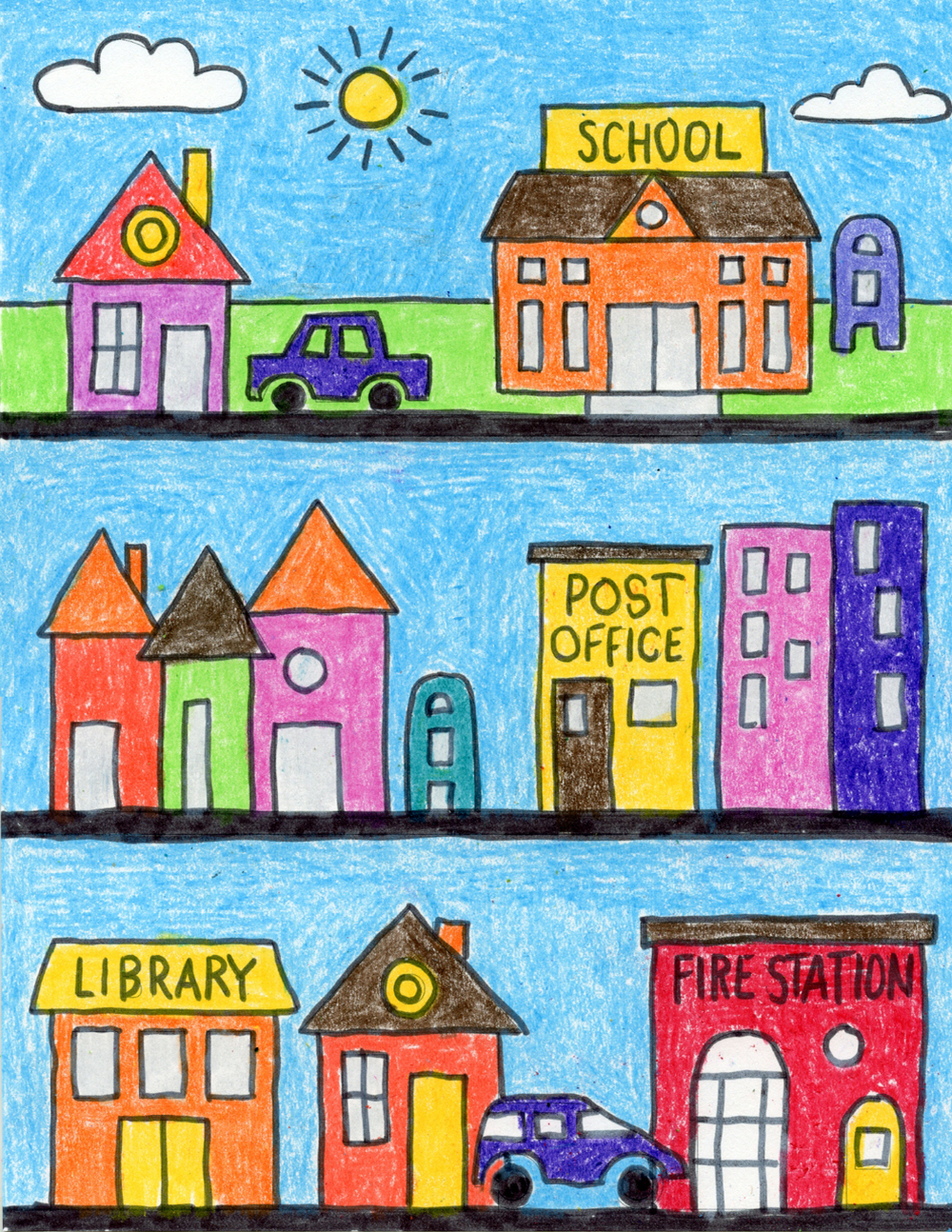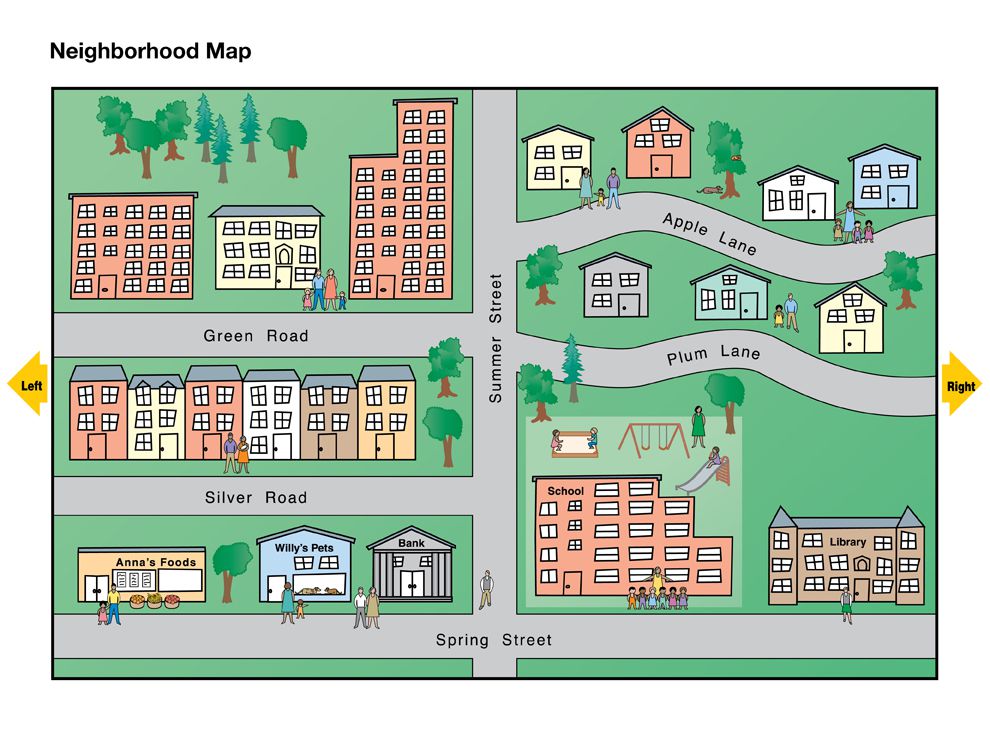With enthusiasm, let’s navigate through the intriguing topic related to Let’s Map Our Neighborhood! A Drawing Adventure for Young Artists. Let’s weave interesting information and offer fresh perspectives to the readers.
Introduction
Let’s Map Our Neighborhood! A Drawing Adventure for Young Artists

Hey there, budding mapmakers! Are you ready to turn your neighborhood into a masterpiece? Drawing a neighborhood map isn’t just about putting houses on a page – it’s about exploring your surroundings, capturing its unique character, and expressing your creativity!
Before we dive into the fun, let’s answer a few questions to make sure we’re on the same page:
1. What age group are we working with? Knowing this will help me tailor the instructions and complexity of the map-making process.
2. What are the learning goals for this project? Do we want to focus on basic drawing skills, understanding map elements, or maybe even incorporating storytelling into the map?
3. Are there any specific neighborhood features we want to highlight? Maybe there’s a famous park, a quirky shop, or a historical landmark that deserves special attention.

Once we have a clear picture, we can embark on our map-making adventure!
Here’s a breakdown of the drawing journey:
1. The Explorer’s Toolkit:
- A keen eye: Before we start drawing, we need to become explorers of our neighborhood. Take a walk, bike ride, or even a car ride and pay close attention to everything around you.
- A trusty notebook: Carry a notebook and pencil to jot down observations and sketch quick ideas.
- A camera (optional): Snap photos of interesting details you want to remember for your map.

2. The Mapmaker’s Guide:
- The Basic Blueprint: Start with a simple outline of your neighborhood. Think of it as a giant puzzle. Use straight lines and squares to represent streets and blocks.
- Building Blocks: Now, let’s add the buildings! Draw simple rectangles for houses, squares for shops, and maybe even a tall rectangle for a church or school.
- Landmark Landmarks: Highlight important landmarks with special details. A park could be a green patch with a swing set. A school could have a colorful playground.
- The Road Less Traveled: Don’t forget the roads! Use different colors or patterns to distinguish between busy streets and quiet lanes.
- Putting It All Together: Add small details like trees, benches, trash cans, and even people walking their dogs. These little touches bring your map to life.


3. Let’s Get Creative!
- Color It Up: Choose colors that capture the mood of your neighborhood. Is it bright and sunny or peaceful and serene?
- Storytelling with Symbols: Use symbols to represent different places. A coffee cup for a cafe, a book for a library, or a musical note for a music school.
- Adding a Personal Touch: Include your favorite spots, like the park where you play or the ice cream shop you love.

Benefits of Drawing Neighborhood Maps:
- Boosting Spatial Awareness: Creating maps helps children understand the layout of their surroundings and develop spatial reasoning skills.
- Developing Observation Skills: By paying attention to details, children learn to observe their environment more closely.
- Encouraging Creativity: Drawing a map allows children to express themselves creatively and add their own unique interpretations.
- Building a Sense of Place: By mapping their neighborhood, children develop a deeper connection to their community and appreciate its unique features.
FAQs:
1. What if I can’t draw perfectly?
- Don’t worry, perfection isn’t the goal! The beauty of drawing is that it’s all about expressing yourself. Focus on having fun and capturing the essence of your neighborhood.
2. What if I don’t know where to start?
- Start with a simple outline of your street. Then, add one building at a time. Remember, it’s a journey, not a race!
3. How can I make my map more interesting?
- Add details like trees, flowers, and people. You can even include your favorite places or special memories from your neighborhood.
4. What if I want to add more details?
- Go for it! The more details you add, the more unique and personalized your map will be. You can even create a legend to explain the symbols you use.
5. What can I do with my map once it’s finished?
- Share it with your family and friends! You can even display it in your room or give it as a gift.
Remember, drawing a neighborhood map is an exciting adventure. So, grab your pencils, unleash your creativity, and let’s explore the world around us together!

Thus, we hope this article has provided valuable insights into Downloads Let’s Map Our Neighborhood! A Drawing Adventure for Young Artists. We thank you for taking the time to read this article. See you in our next article!
 Apoteksangiran.my.id News Bisnis Technology Tutorial
Apoteksangiran.my.id News Bisnis Technology Tutorial